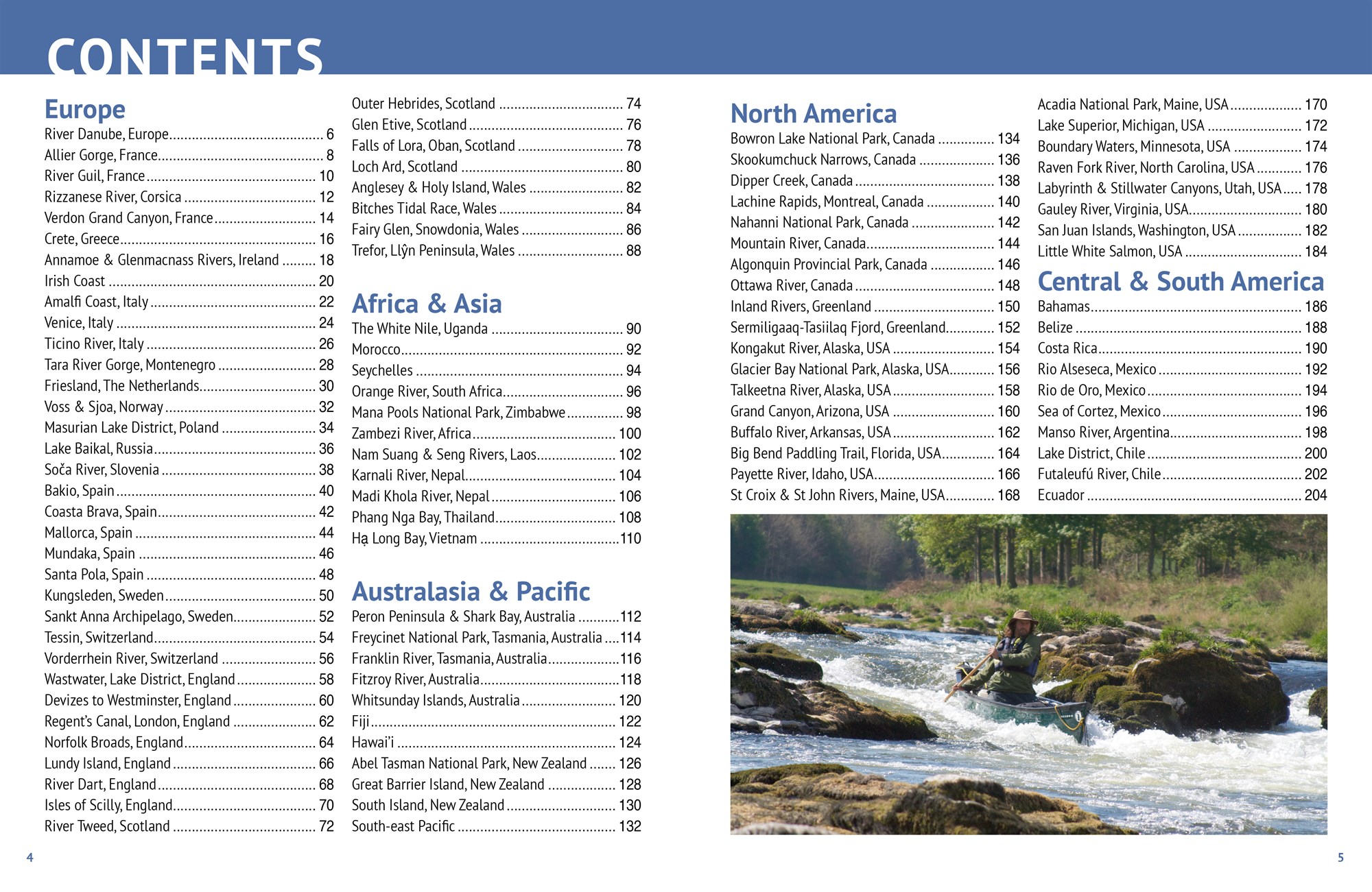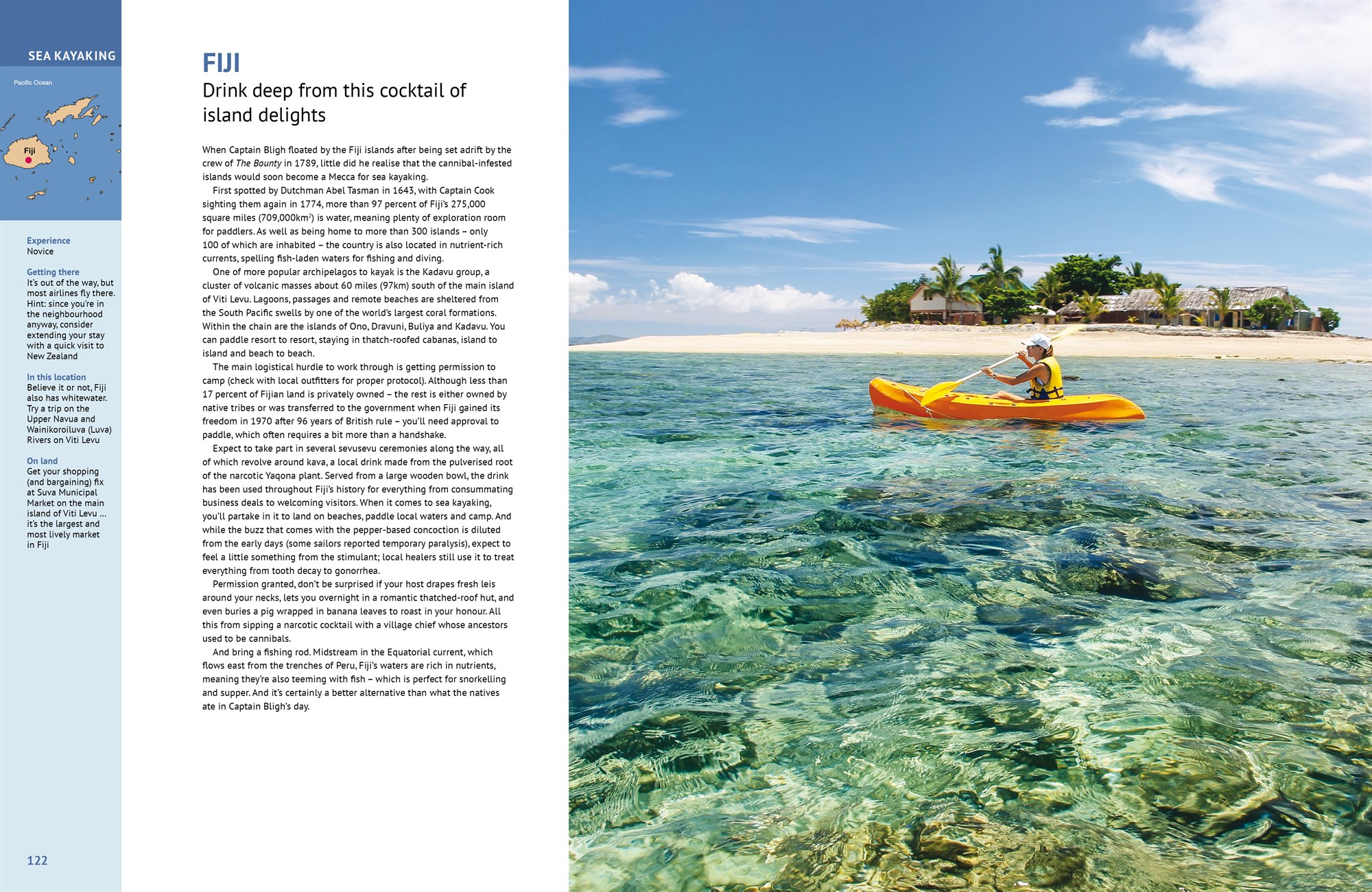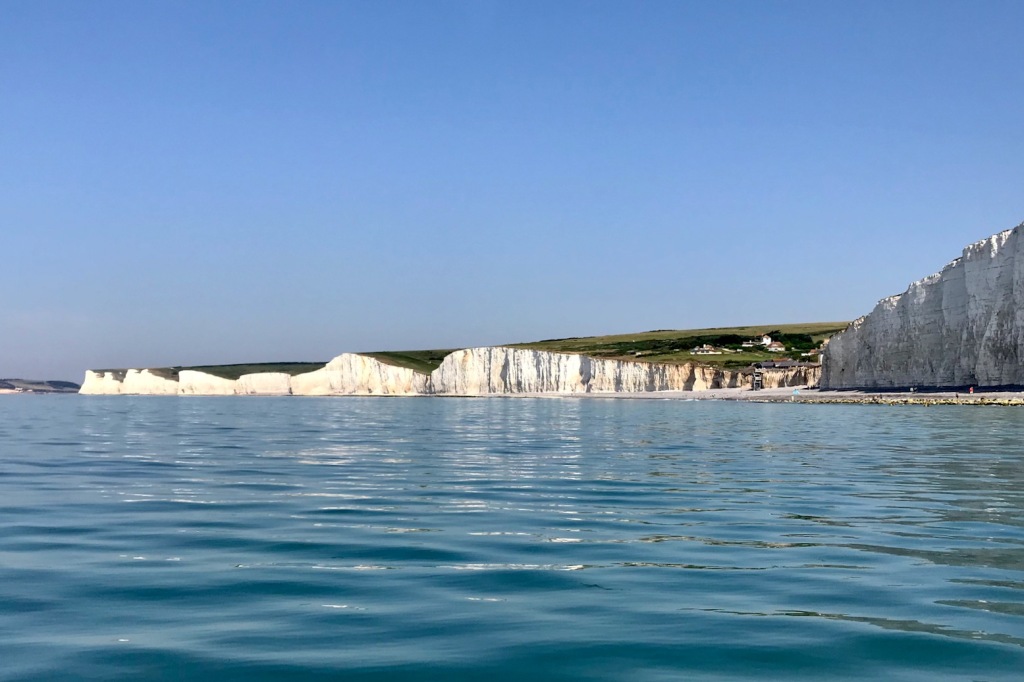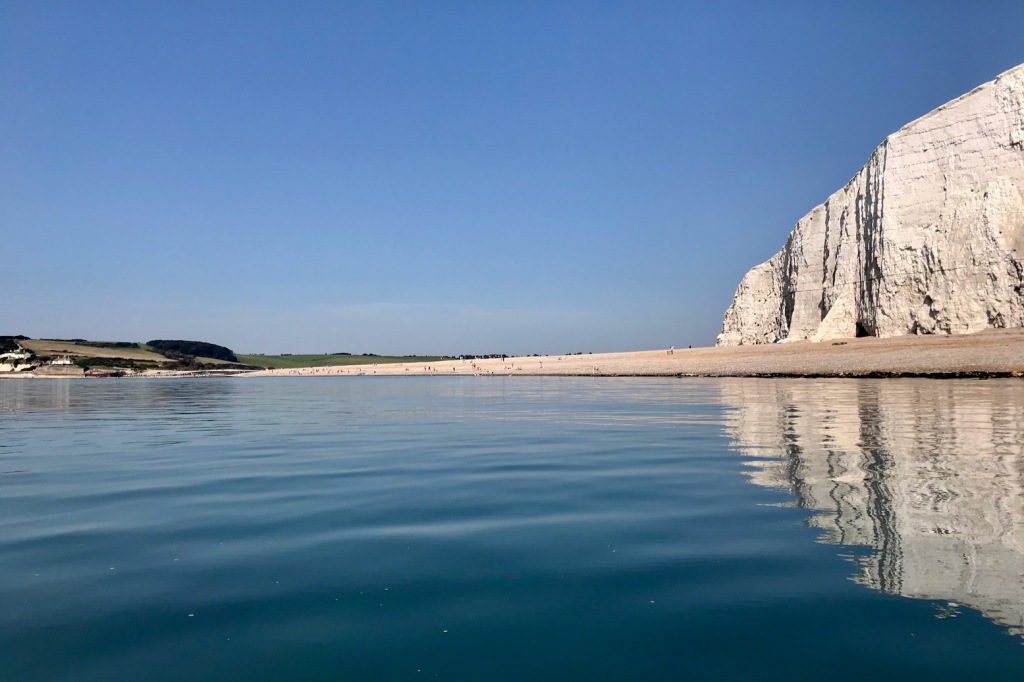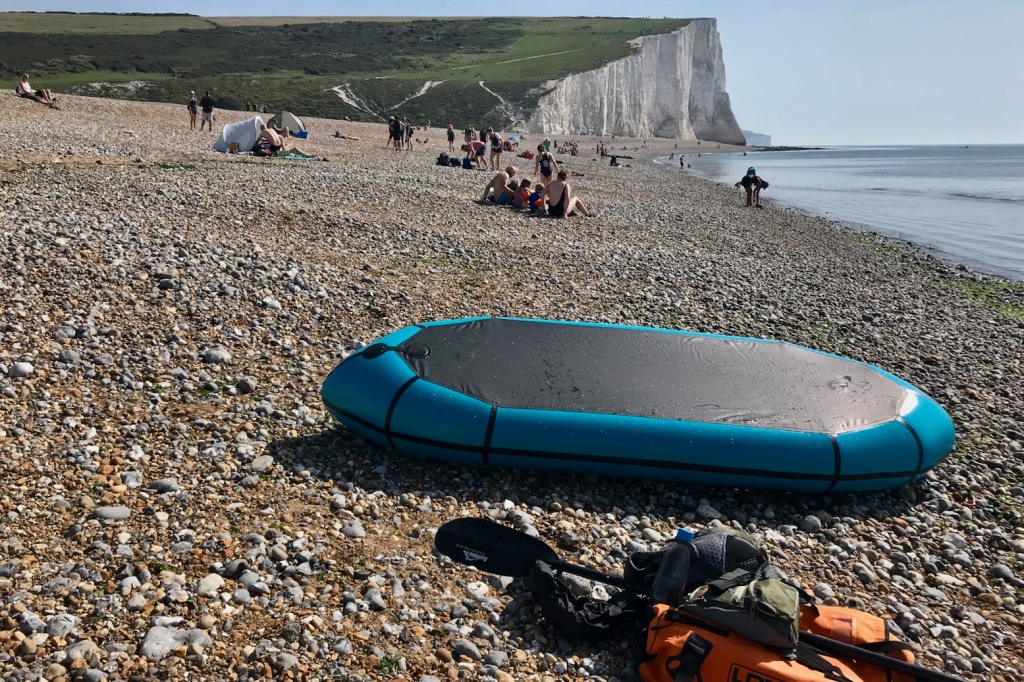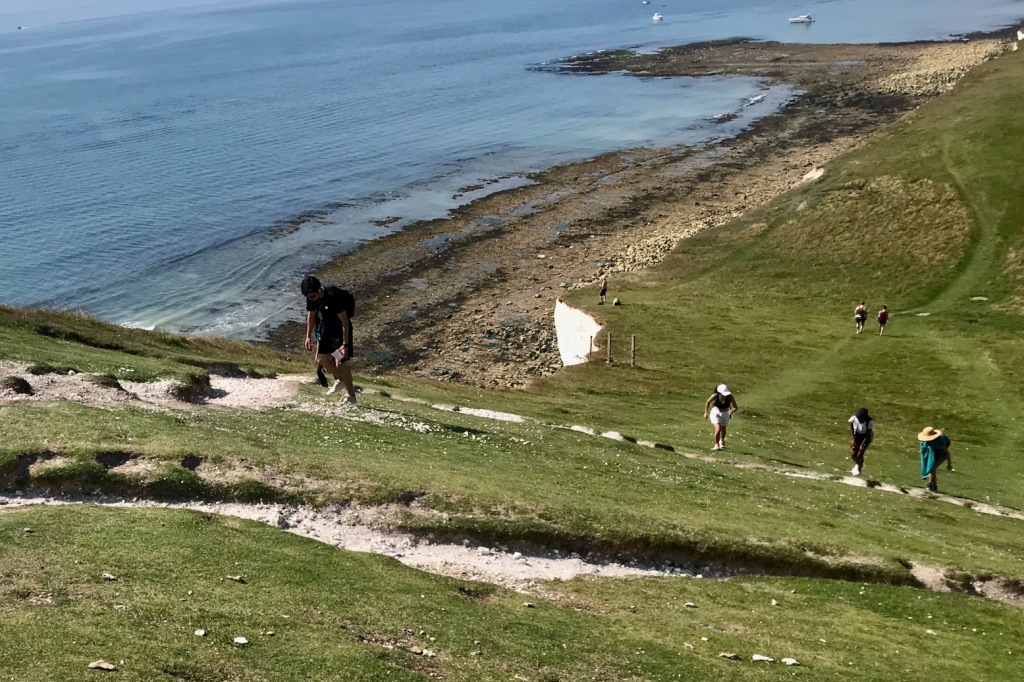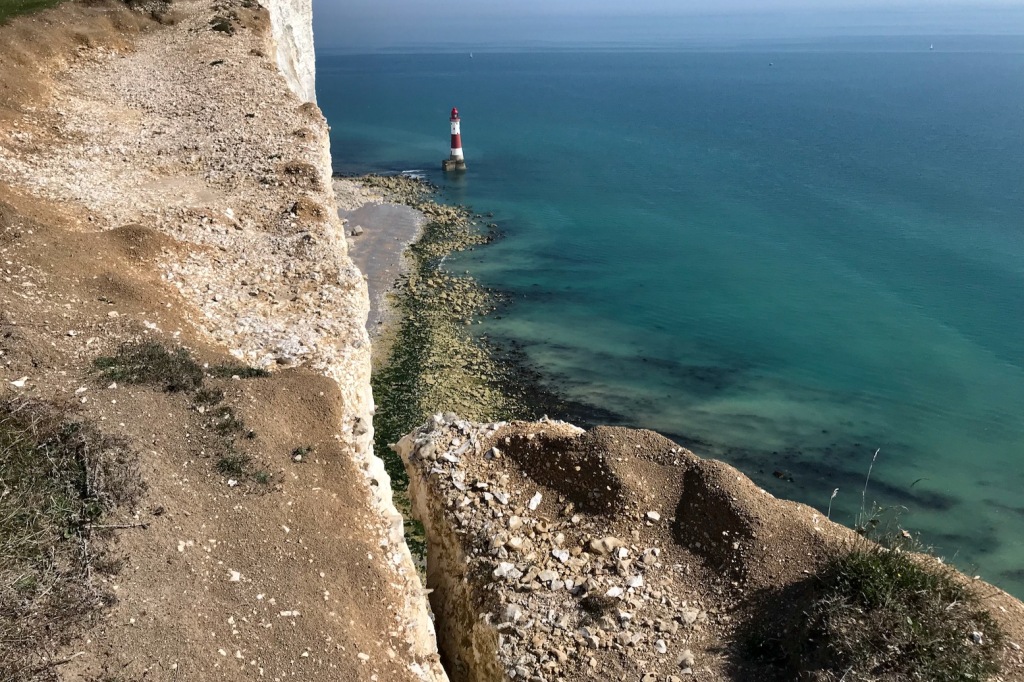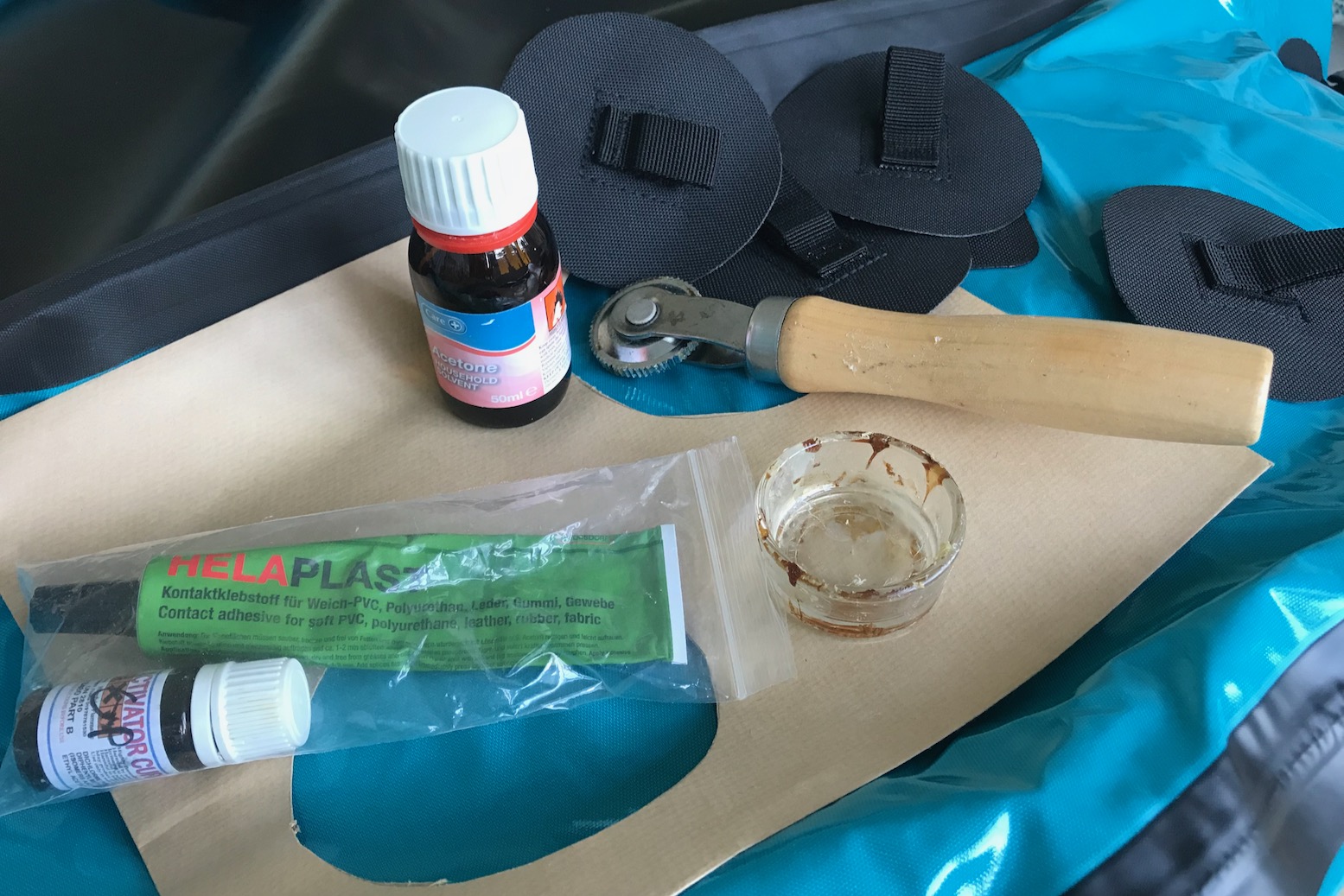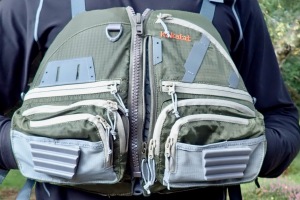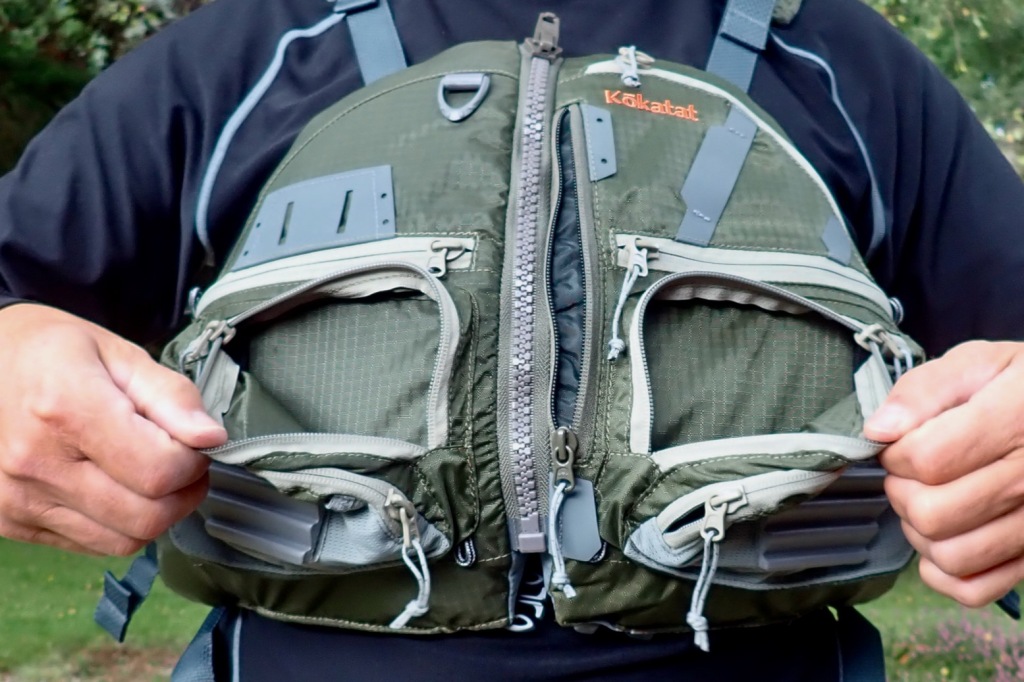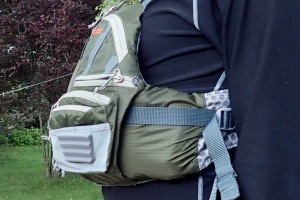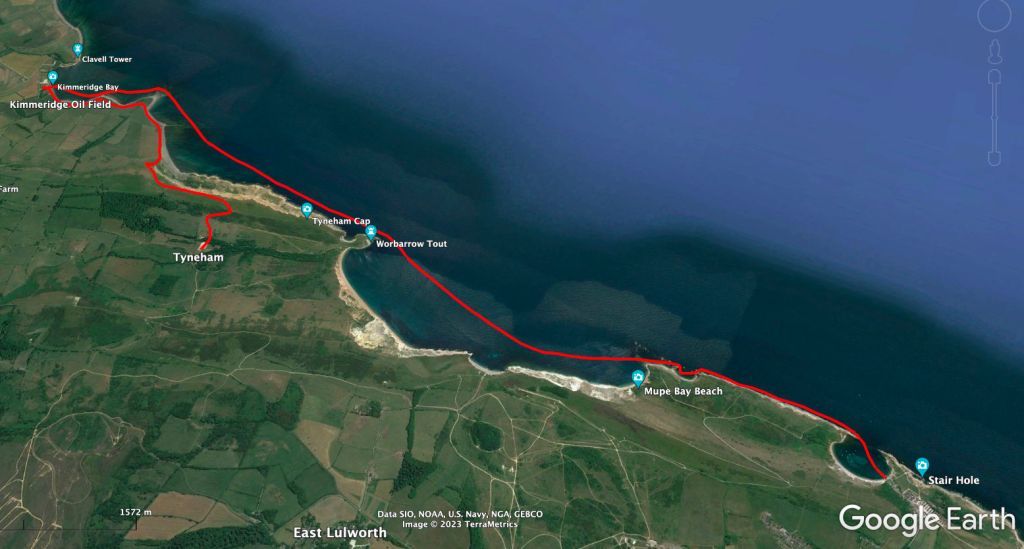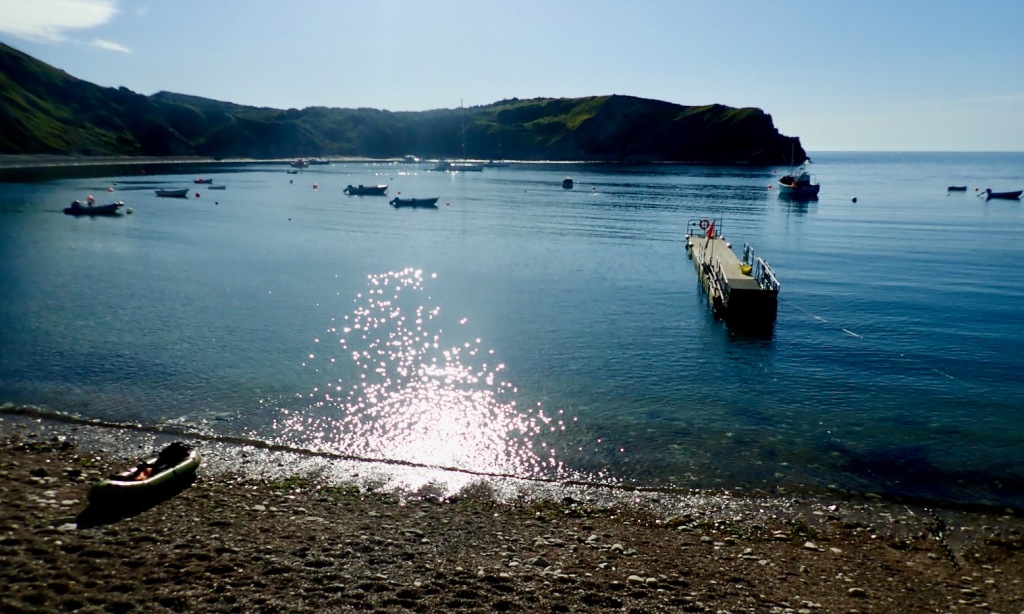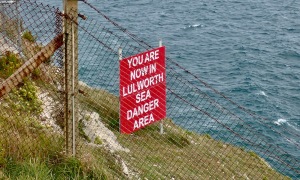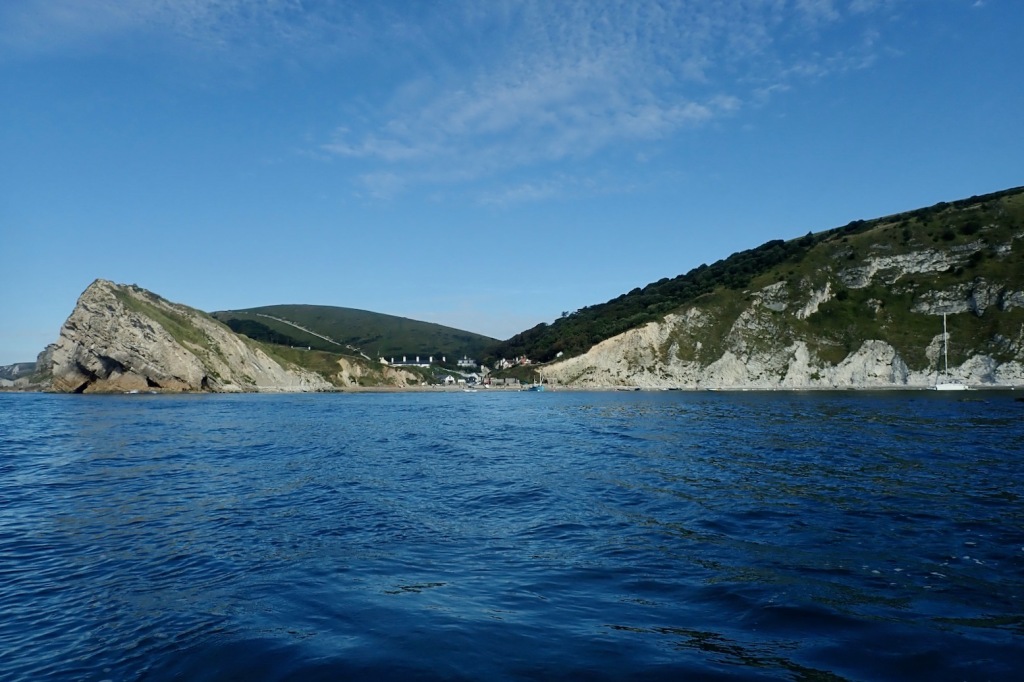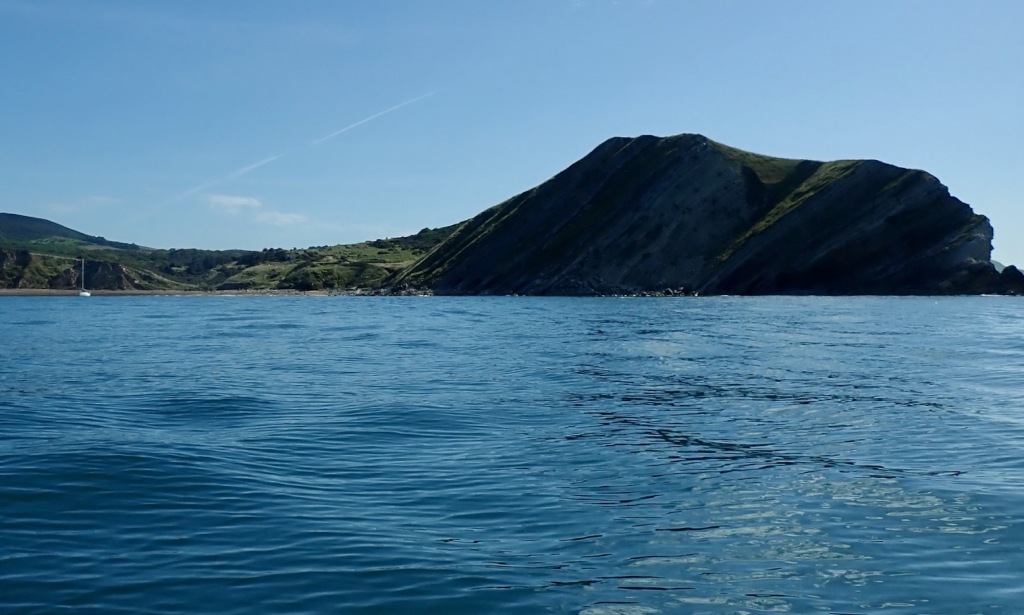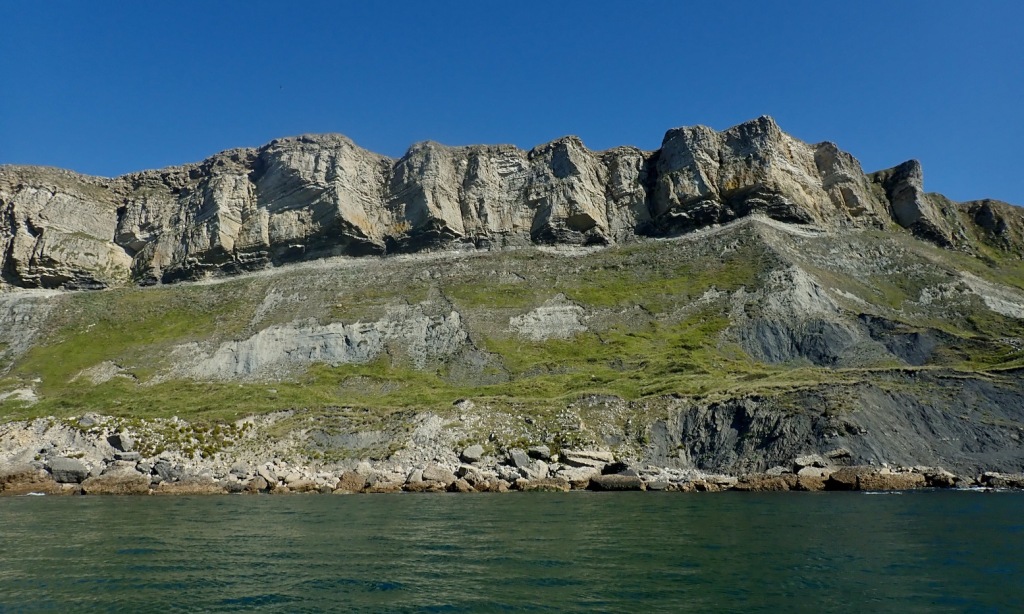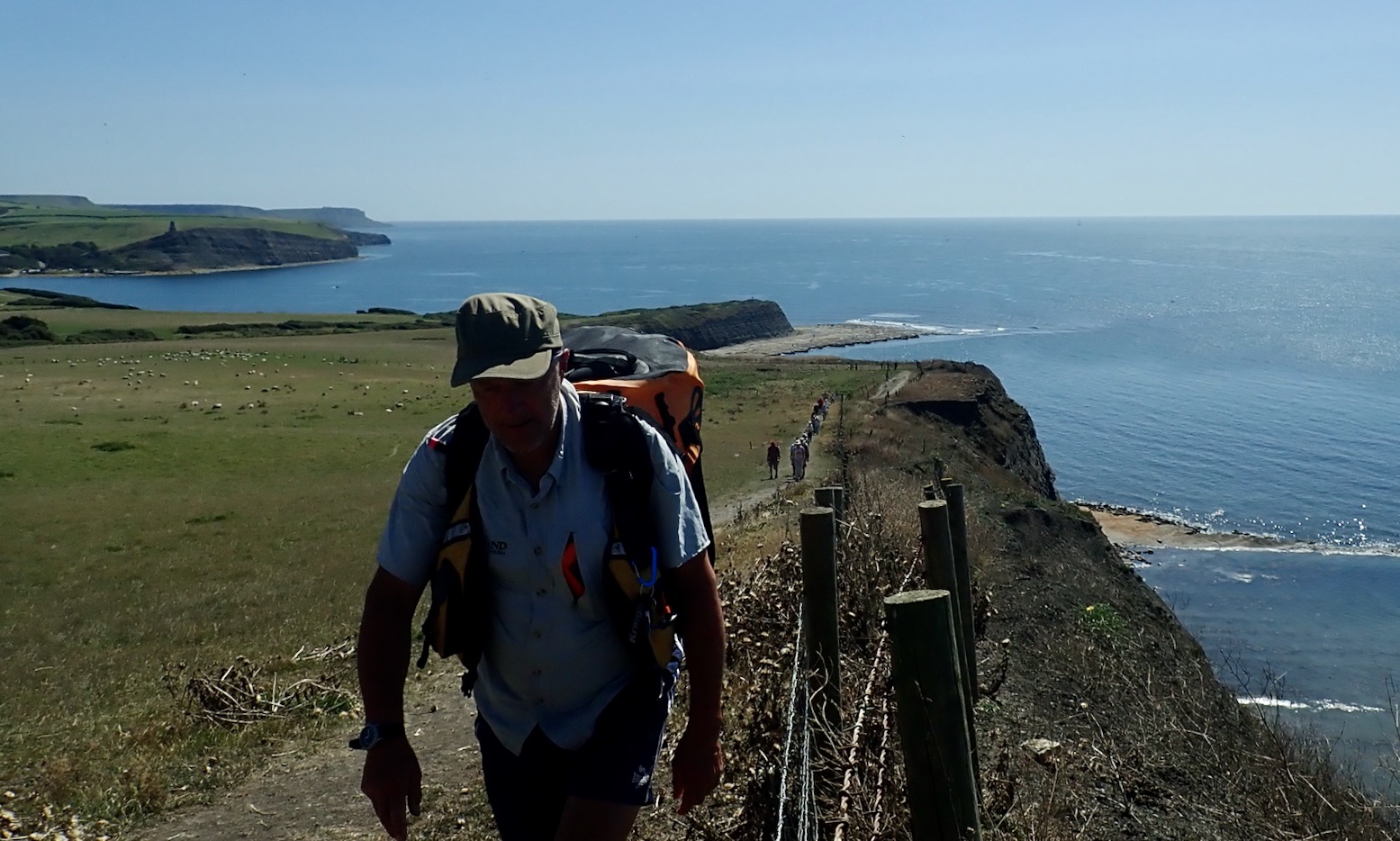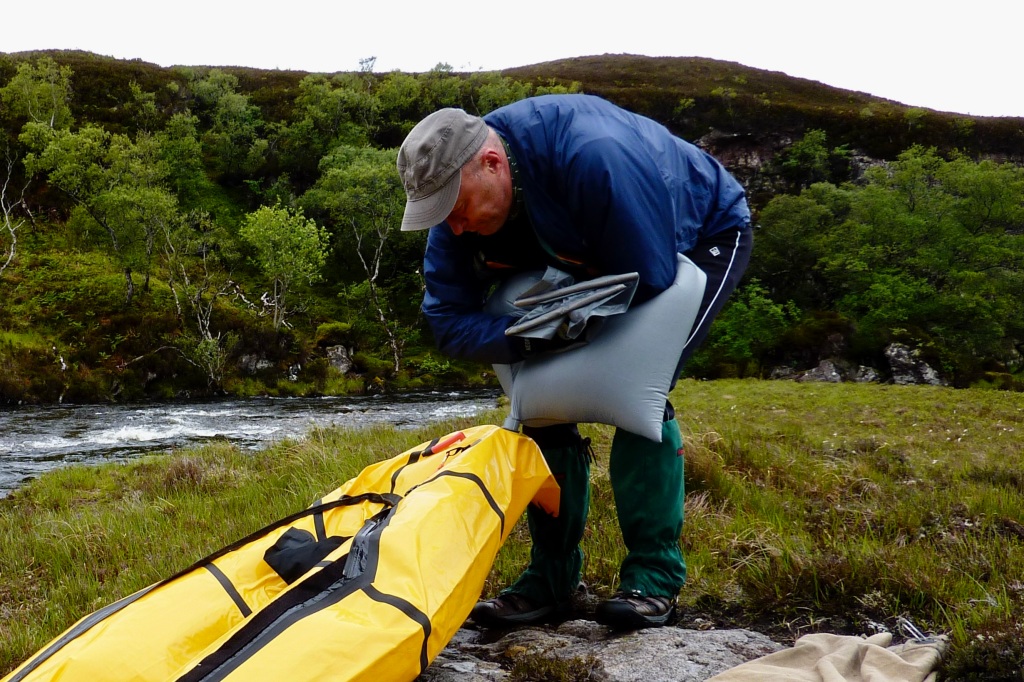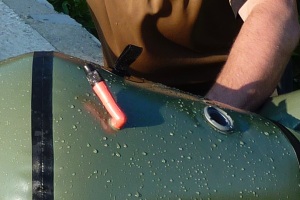By Gael A
In spite of last ditch efforts to extend its life by another season, I eventually had to resign myself and pronounce my 25-year-old Grabner H2 dead.

I was considering ordering a new H2 from Grabner when my compassionate friend Chris suggested sending me that Ukrainian iK he had been testing. His reviews were convincing, the price was fair, so off it went.
The boxes were delivered to my place in Sardinia several days apart. The smaller one arrived intact, but the second one had suffered some damages during transport from the UK to Sardinia. It was ripped open and barely holding together by the rope previously nicely tied, probably another unfortunate consequence of that ill-fated Brexit (not to mention the paperwork hassle Chris had to go through in order to get the thing shipped over)
To my great relief, there has been no damage to the content and no parts missing.
I proceeded to assemble the Igla. Surprisingly enough, my Decathlon Itiwit pump connected perfectly to the valves, no additional adapter needed. That pump can inflate anything up to 20 psi and is fitted with a pressure gauge which proved useful to get the DS floor at the recommended 5 psi. After that it didn’t take many strokes before the side tubes release valves started hissing.
With the floor and both side tubes inflated, the general shape of the Igla looked fairly elegant, at least as compared with the H2. The V-shaped bottom, the relatively sharp bow and the general stiffness of the boat let me expect superior seaworthiness.
Converting from Solo to Tandem
According to the manufacturer, the Igla 410 is “suited to tandem day paddles with the optional second seat”, which was just my intended program. However this particular model had obviously been fitted for solo paddling only. I had to figure out how to attach the second seat and the rudder pedal board behind the front seat, which I did, thanks to some soft shackles, straps and pieces of shock cords I always keep just in case.
Except for the pedal board, I discarded most of the Zelgear steering system components. The steering lines were too long, the rudder stock was too thin, the rudder assembly was too heavy. I recycled the H2 steering system instead, including the pedals.
I modified the original pedal board in order to make it fit the width of the floor and wedge itself between the lower tubes.
I used thin straps tied to each chunky Igla pedal to fasten the impeccable H2 plastic pedals. The recoil cords are tied to conveniently located tape loops. The base plate is held down by the forward seat adjustment strap, while another strap prevents it to slip forward under the paddler’s thrust.
The steering lines run through another pair of tape loops. So as to accommodate the thicker stock of the H2 rudder, I removed the small metal tube embedded in the Igla’s rudder mount. Both the H2 rudder head and the stock fit perfectly in the Igla’s rudder mount.
The result looked a bit awkward but proved to work pretty well.
Shake down paddle
On a hot and breezy August afternoon I loaded the Igla on my car roof and drove to a relatively sheltered beach for a test paddle before venturing further offshore with my wary and mutinous crew.
I pushed off for a 40 minute solo paddle. First I checked that the steering worked well, which it did.
Sitting high above the waterline, because of the floor thickness, I expected some wobbling but I found the initial stability remarkably good and the secondary stability perfect, thanks to the shape of the lower tubes. The directional stability proved very good as well, I barely needed to use the rudder, even going crosswind.
The crew came aboard and embarked for a 20 minute test paddle. Paddling upwind through some steep chop, and with the bow cutting cleanly across the oncoming waves, we had a fairly dry and comfortable ride. Not sitting in a puddle while paddling was new to us.
The last test for the day was to check how the Igla performed in cross waves. Not only did it hardly roll, but no sea went over the gunwale, and no hard steering was necessary to keep a straight course.
Back to shore I released some air, enough to remove the floor. It required taking off the seats and the rudder pedals board, which is a bit cumbersome. Here we come to the main drawback of the Igla : a lot of grit (sand, gravel, pebbles, shells) get stuck between the floor and the hull bottom, that need to be rinsed off, in order to prevent possible chafing and punctures. It’s also the only way to clean and dry the bilge.
Exploring the Ogliastra islets
This popular destination lies about 1 km offshore. The distance was 1.5 km from the beach. Conditions were excellent, light breeze, minimal swell, flat water, manageable powerboat traffic. It was an easy 15 mn crossing, the Igla was fast and required no effort to maintain a straight course. Then we put the maneuverability on the test by rounding nearly all islets and rocks of this mini archipelago, going through numerous nooks and crannies. My makeshift rudder didn’t go deep enough to allow sharp turns, and the kayak slipped sideways when turning.
We crossed back to the mainland and paddled along the shore against the southerly breeze that had picked up in the meantime. We had no difficulty to move upwind. Unlike the H2, the Igla was not stopped by steep short waves.
We logged 13 km in 2 hours and 45mn, which was a slow average speed but we reached 10 km/h max speed while paddling downwind at the end of the trip. Click link to watch a Relive Reenactment. https://www.relive.cc/web/view/vXvL1jeo47O
Carrying gear
Another issue we have faced with the 4.1-m Igla was the lack of storage space. The DS floor takes most of the inner space. The “horns” leave little room in the fore and aft ponts points, the hold behind the rear seat has no depth, there are no decks that you could tie a bag on. There is barely enough room to put a medium size drybag behind the rear seat.
Gear list: Pump and repair kit in drybag, parasol tied to the front carry handle, water, food and beer in soft cooler, moka coffee maker, gas stove, windscreen, mugs, spoons, knife, groundsheet, beach towels, mats in a large drybag.
Carrying a pump is necessary for a full day trip during the Mediterranean summer. The PRVs let the air go off during the hottest hours, which leaves the tubes soft when the temperature drops down at the end of the afternoon, requiring a few strokes to put the regular 0.25 bar/.3 psi pressure back in.
Another Relive Replay: https://www.relive.cc/web/view/vKv2YKpNZ4q
Rough conditions
As it happens in the Mediterranean, one day we met a sudden weather change near a conspicuous stack called the Pedra Longa, about 5 kms from our launch site, with no exit routes in between. In a few minutes, the wind picked up from light air to a solid F5 northeasterly breeze, raising steep 3 foot waves, and soon the sea was covered with many white horses. The crew being too scared to paddle, I had to steer the Igla singlehandedly most of the way back to shelter, which took about 1 hour.
In these unnerving circumstances, the Igla performed splendidly and demonstrated its seaworthiness: solid stability, going in straight line in the following sea, with little tendency to broach when hit by a steeper wave, and little water splashing over the gunwale.
Conclusion
Some comments on Chris pros and cons

Everything in the huge bag except a paddle
Removable DS floor for quick rinsing and drying
Unusually light on the water, easy to keep going straight.
Adjustable footrest tube, but useless in tandem configuration
Seat feels great – confirmed by the crew
Knee braces are stock – yes , but I didn’t install them
Twin (stacked) side tubes keep width down
Ready for optional rudder (supplied) – good rudder mount, needs a different rudder
Closeable sidetube PRVs – don’t forget to close those PRVs when the temperature drops.
Fittings for a deck (supplied) – if you need a deck, if not those fittings are annoyingly protruding
Three-year warranty

Poorly designed but complicated steering system
No standard tandem layout fittings
Limited storage space. The inside space is mostly filled with the DS floor, especially the “horns”
No beam spreader bar. If the DS floor deflates , the boat would collapse inward under the weight of the paddlers.
Like many PVC IKs, it’s bulky (if not necessarily heavy)
Alloy skeg appears to be an extra; and would prefer it in plastic – I would prefer no skeg and good rudder. Skeg can’t be removed without deflating DS floor – a skeg is an annoying accessory that gets snag when paddling over shoals and prevents landing safely in shore breaks







